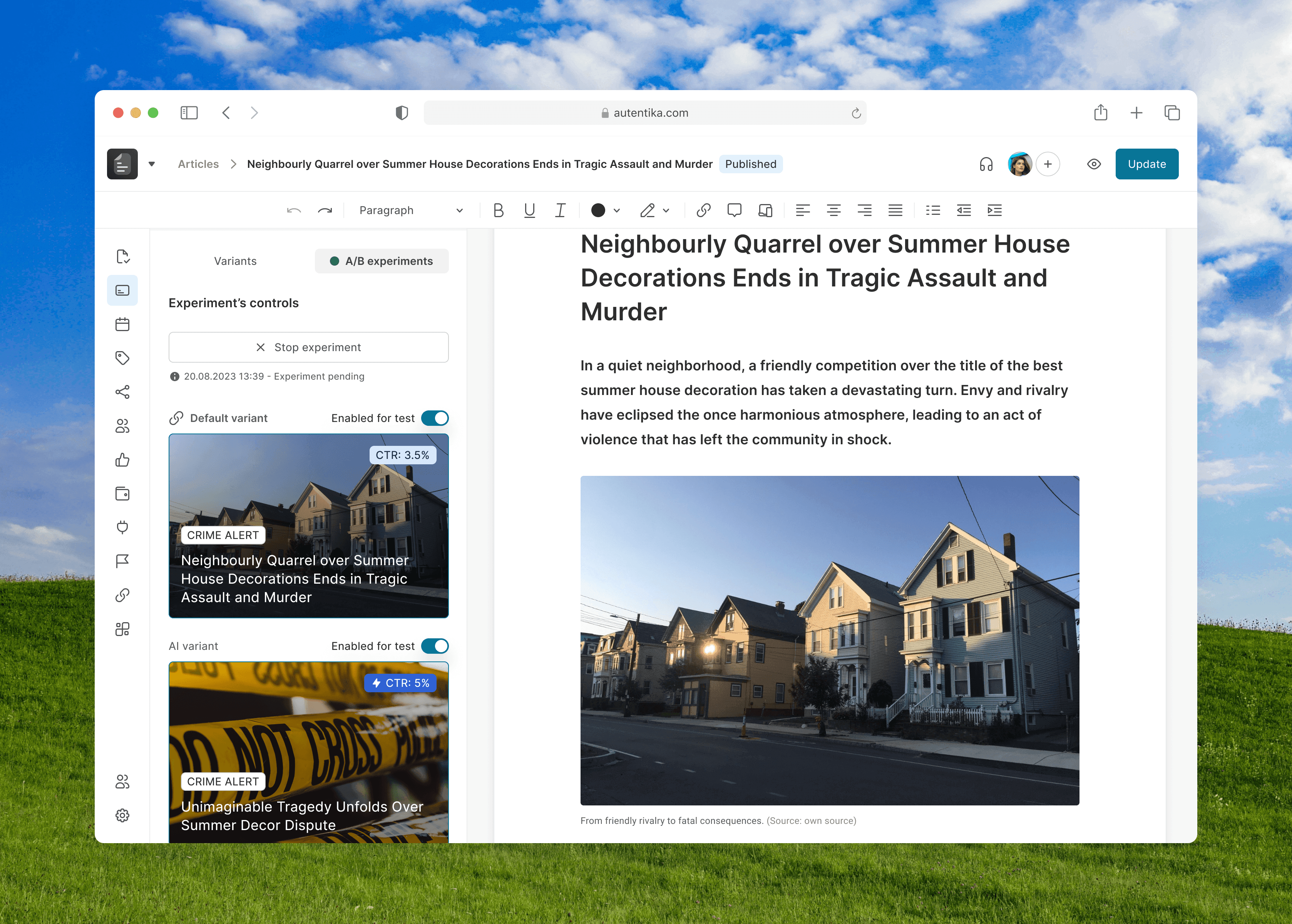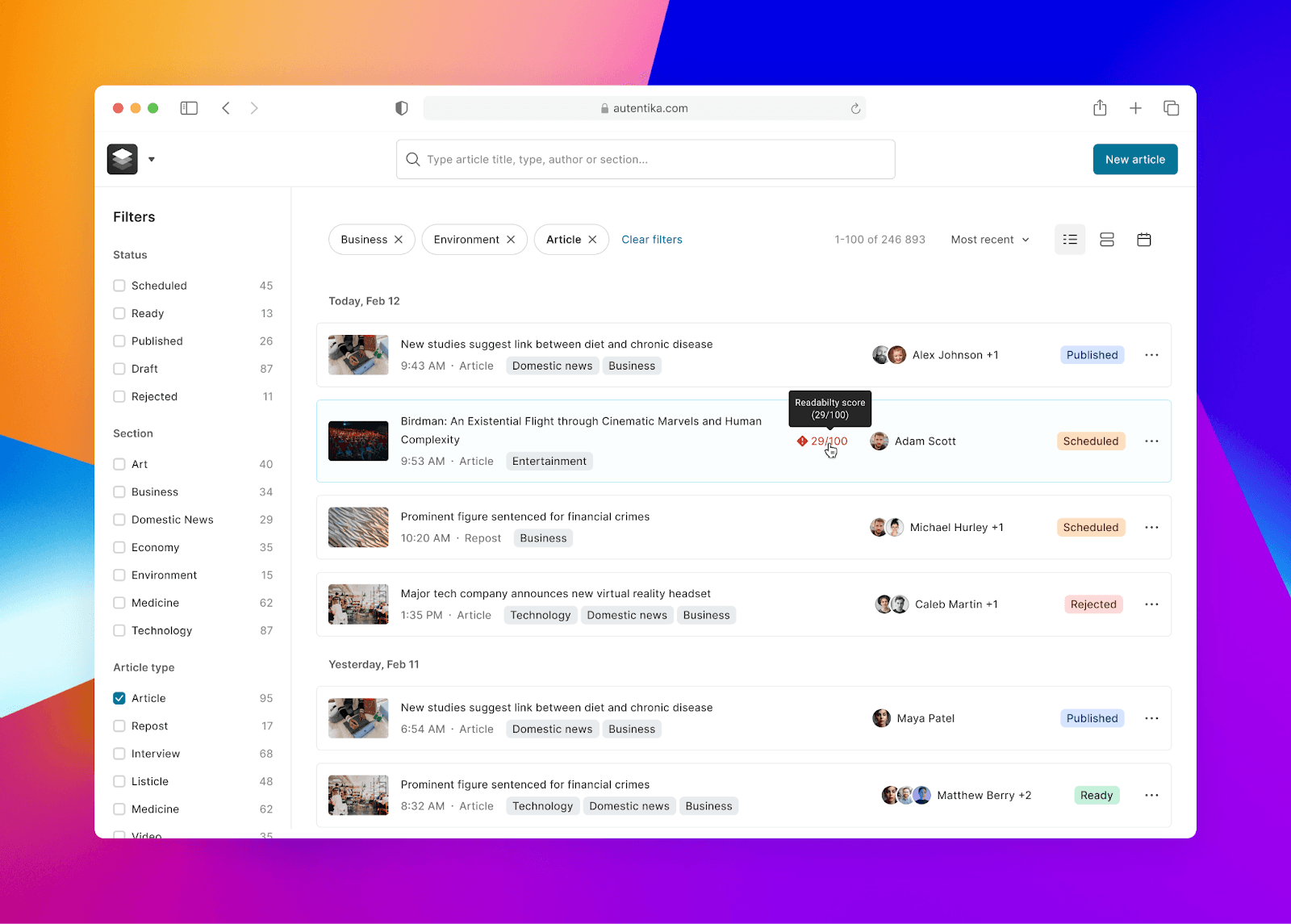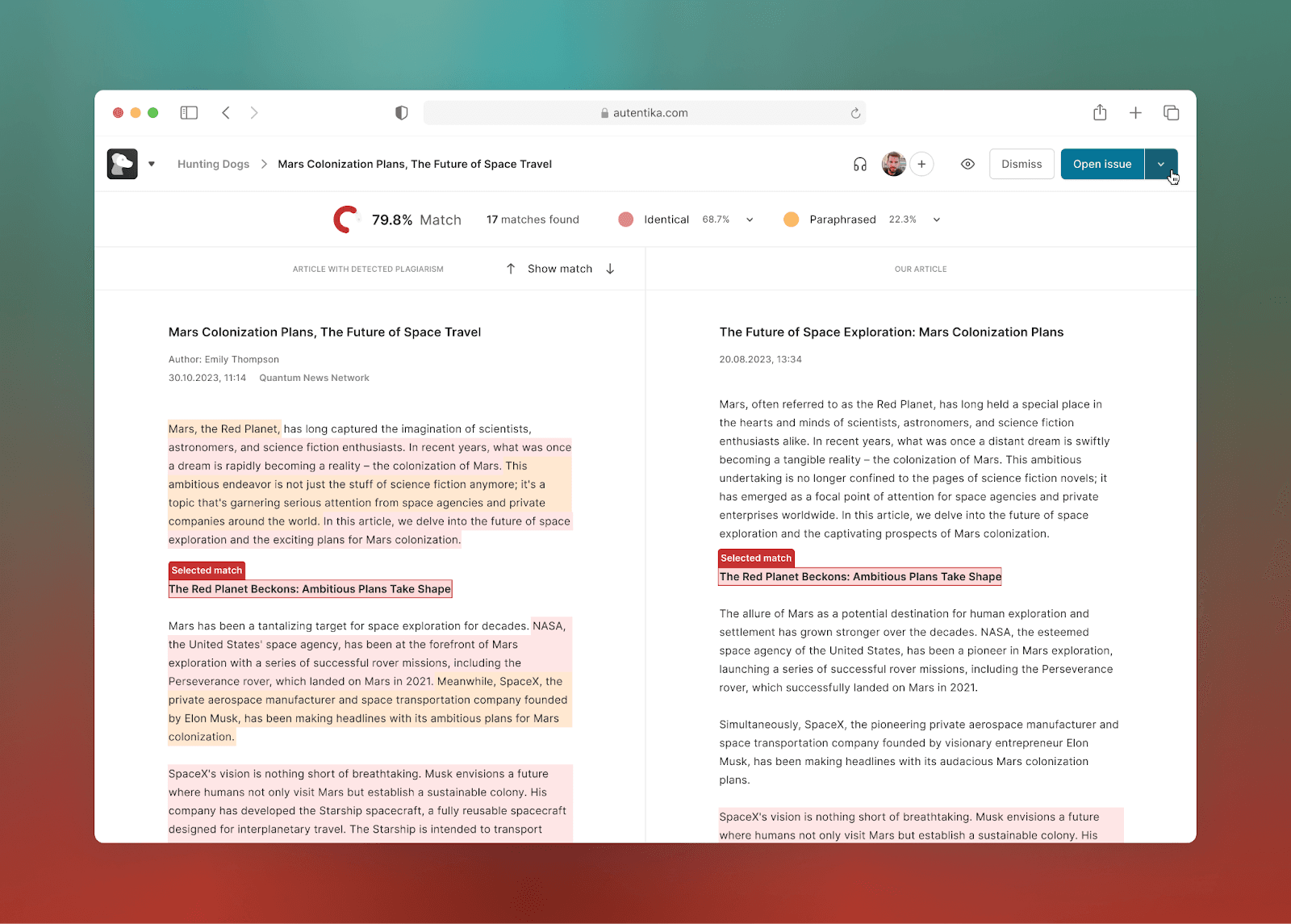AI-powered video creation: what if your journalists produce 300 videos a day?
18 Dec 2024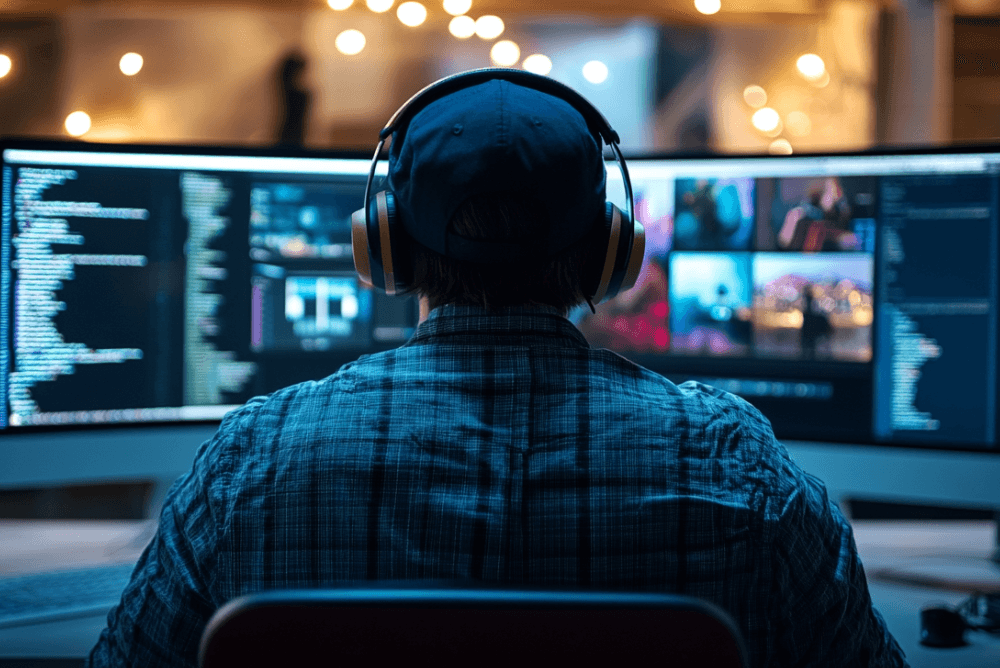
The statistics make it clear: video is the king of online content consumption. According to research, it makes up to 82% of all internet traffic – and is central to our online experiences. Millions of users log in daily to consume quick clips on TikTok, Instagram, and YouTube Shorts, but it’s not all about entertainment. One of the most popular video content online is news – which opens up immense opportunities for news publishers.
In 2023, news ranked as the third most-viewed category, following how-to guides and user-generated content. As Pew Research reports, 93% of adults in the United States get at least some of their news online, with a significant portion of this consumption happening through video content. This trend is even more pronounced among younger audiences, who are most likely to engage with video content – both in long and short form. However, age does not matter much today, as short-form videos and images are the most popular content types across all generations (as shown recently by one of the best-known media marketing influencers, Neil Patel, founder of NP Digital).
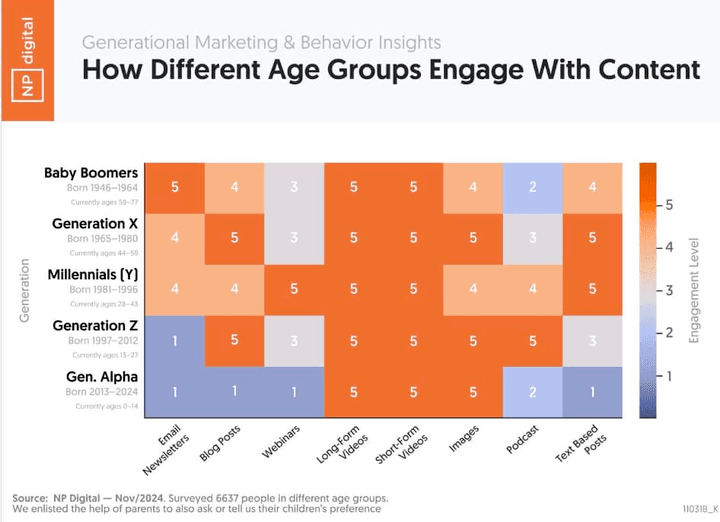
How different age groups engage with content – NPI Digital
The cost and caution
We have seen the demand for video content skyrocketing for a few years, prompting news organizations to rethink their digital strategies. Many placed video at the forefront of their content delivery and created dedicated video production teams, but several significant barriers continue to hinder media companies from fully embracing its power.
The most significant among these challenges is the high cost of video production. Hiring an external professional video production company in Europe costs between €90 and €135 per hour. Freelance video producers charge approximately €60 per hour, making it challenging for newsrooms to produce videos consistently while maintaining high quality.
Some newsrooms decide to hire an in-house social media/video team, but this can be costly, too.
Even if this seems like a moderate salary, the need for platform-specific tailoring and editing causes even a skilled editor to produce only about oneto three minutes of video per hour. This slow turnaround further limits the volume of content that can be produced without substantial investment.
Some media companies are also cautious about hiring entire video teams due to a past precedent. Seven or eight years ago, the news industry experienced a "pivot to video" spurred on by platforms like Facebook, which promoted video formats and promised monetization. Many publishers invested heavily in video teams but eventually faced disappointing returns, leading them to scale back video efforts as interest waned. This experience left many organizations wary of investing too heavily in video without clear evidence of sustainable audience engagement and revenue potential.
Today, the landscape looks different. Social platforms, driven by the success of TikTok, are once again prioritizing video, with platforms like YouTube, Instagram, and X (formerly Twitter) making video central to their strategies. According to the Digital News Report 2024 by the Reuters Institute, these changes in platform priorities are beginning to have a measurable impact on audience habits. While the "pivot to video" of the past may have faltered, today’s shift towards short-form video feels more deeply integrated into digital culture, potentially signaling a more enduring change.
What if every news outlet could easily generate hundreds of videos daily to meet this demand?
This is what our upcoming product promises—automated video production directly integrated into the CMS, transforming news articles into visual stories in seconds thanks to AI help.
Interested in how it works? Let’s have a walk-through!
Effortless video creation with our AI-driven tool
Our product – AIvid – is an AI-powered tool that transforms written articles into engaging, short videos. Designed for newsroom use, this tool enables daily, high-quality video production while maintaining control over creative elements – without needing technical skills. Each video is generated autonomously yet remains editable; journalists can refine text, images, video clips, voiceovers, and music to suit the content’s tone and audience.
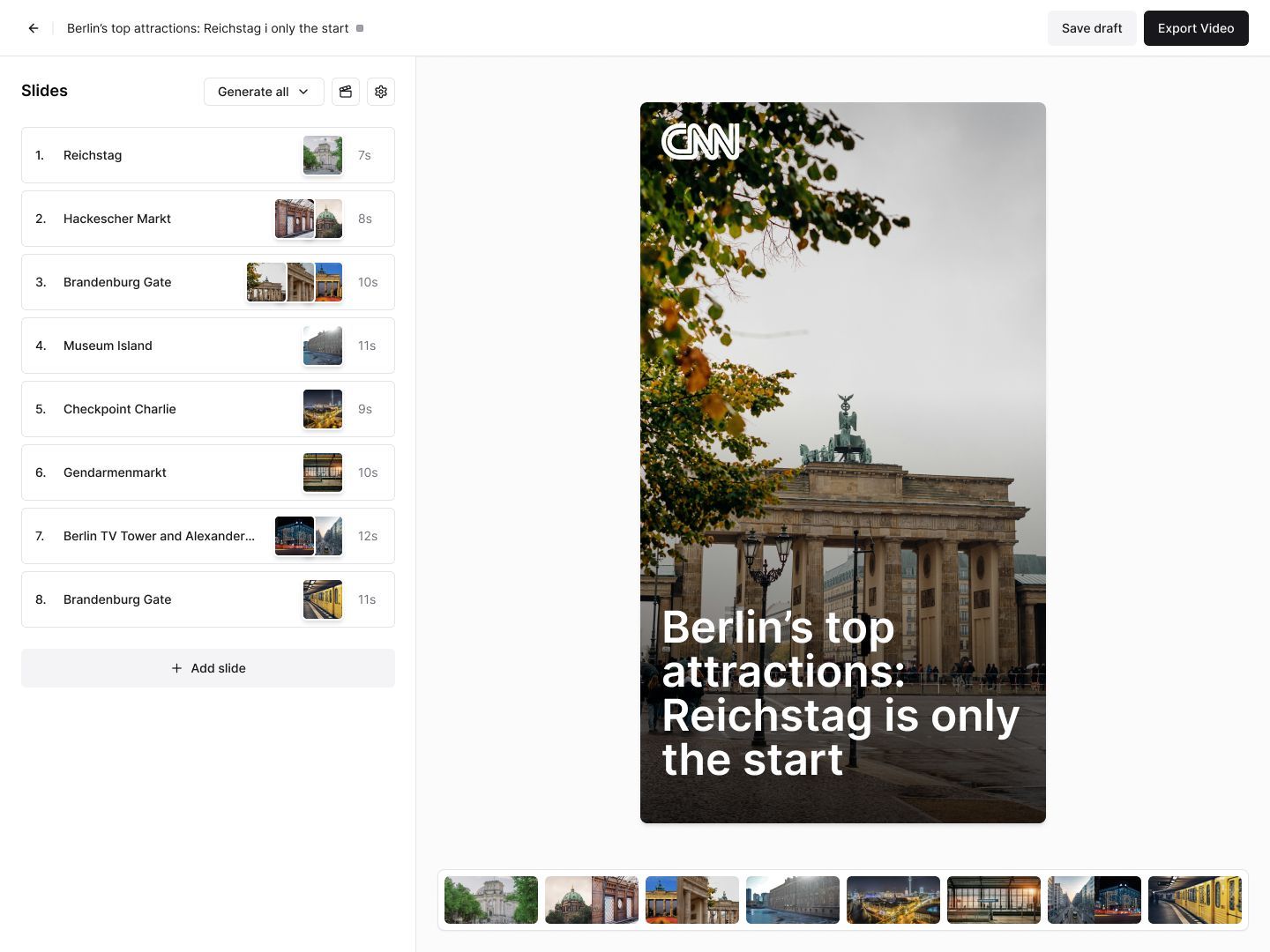
A screen from the interface of our tool – AIvid
Key benefits of AIvid include:
- Cost-effective production: With minimal resources, every newsroom can adapt written articles into video formats, enabling consistent output without the high costs traditionally associated with video creation – so it’s possible to have a 1:1 reflection of a written text in a video.
- Rapid turnaround: Our tool produces a one-minute video in under five minutes, facilitating a daily, agile video strategy.
- Customizable, relevant content: Journalists can choose from templates tailored to different types of articles– news updates, reviews, photo galleries, travel insights, or recipes—allowing each piece to resonate with specific audience expectations.
- Ease of use: The content creation process is automated but remains under journalists' control—even for those without technical skills. Each video element is generated automatically but can be edited, including text, video clips, images, voiceover, and music.
- Compliance and security: Our tool respects copyright laws and integrates seamlessly with your articles and image libraries, ensuring safe, compliant content production.
Business-wise, this AI tool lowers barriers to entry for video, allowing media companies to grow engagement and revenue by expanding into video with less risk, reduced costs, and greater control.
Of course, we are aware that not every article can be turned into a video, as sometimes it’s hard to get the raw material for editing, especially if it’s about recent events. Still, AI can greatly help illustrate static news and articles, especially in more “evergreen” fields, such as beauty, health, technology, or lifestyle.
How the AI video creation process works
AIvid integrates directly with the publisher's CMS, eliminating the need for any external applications or additional accounts. Videos can be ordered on-demand or set up to run as a continuous background process. The ultimate goal is fully automated video creation after an initial optimization period, where output is gradually fine-tuned to the publisher's needs. Ultimately, human intervention may become unnecessary, with only high-level supervision required.
-
Starting point: While working in the CMS, journalists can request a video. The source can be an article already published in the CMS, a simple prompt or a pasted text.
-
The AI generates a script, including the title, slides, and slide content, which journalists can freely edit using an intuitive interface.
-
Then, it selects images from the publisher’s image library, which the journalist can swap out as needed. Multiple images or short custom video clips can be added to a single slide for greater customization.
-
The AI generates a voiceover and synchronizes it with the slides, creating on-screen captions that display in time with the narration.
-
Once the script is finalized, it’s sent for rendering, producing a polished mp4 video.
-
The video includes the publisher’s branding elements, such as logo, colors, and font, ensuring a cohesive brand identity.
-
Publishers can use the video however they wish—embedding it in articles, sharing it on social media, or any other preferred distribution method.
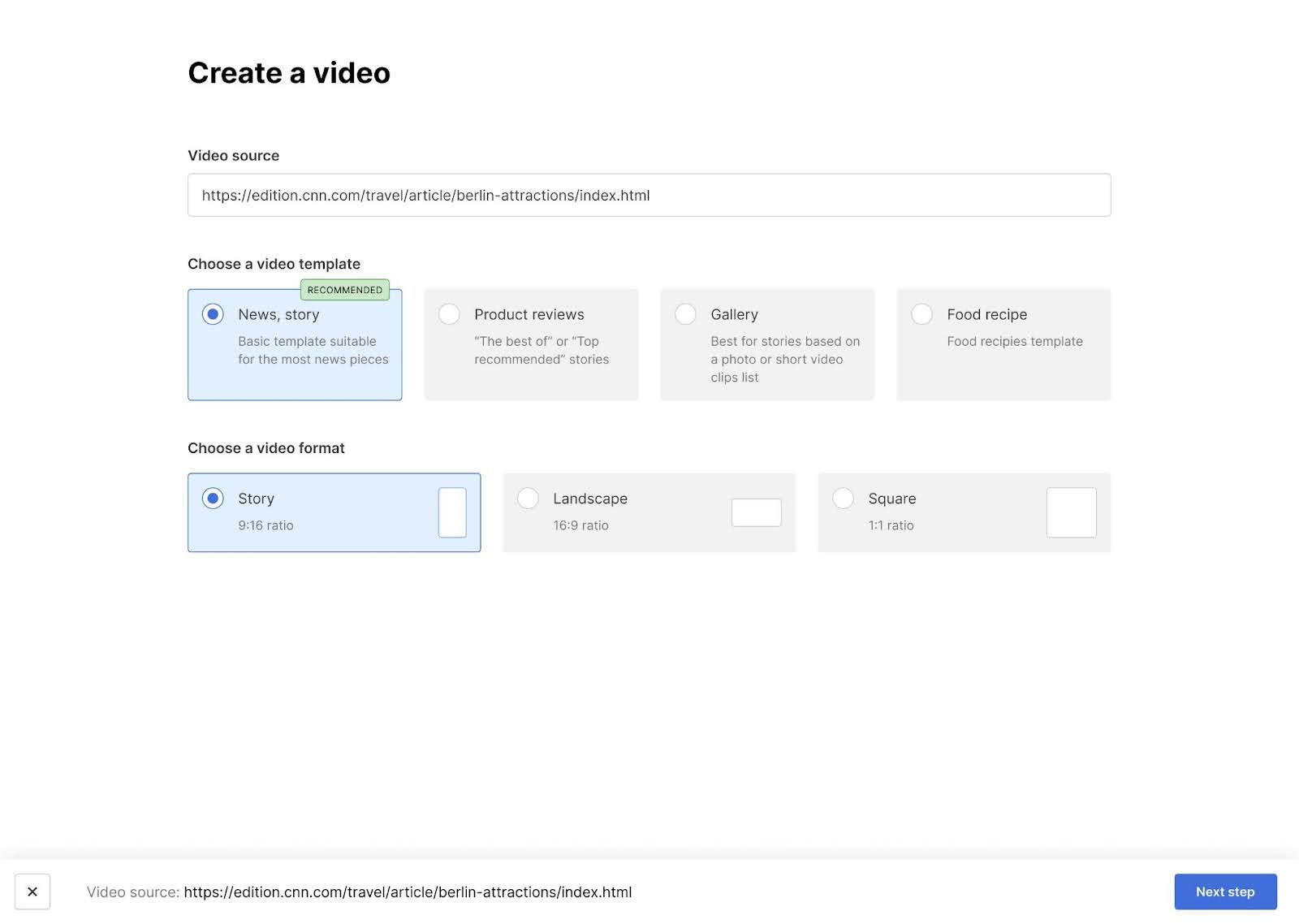
With AIvid, it's easy to choose the video's template and format
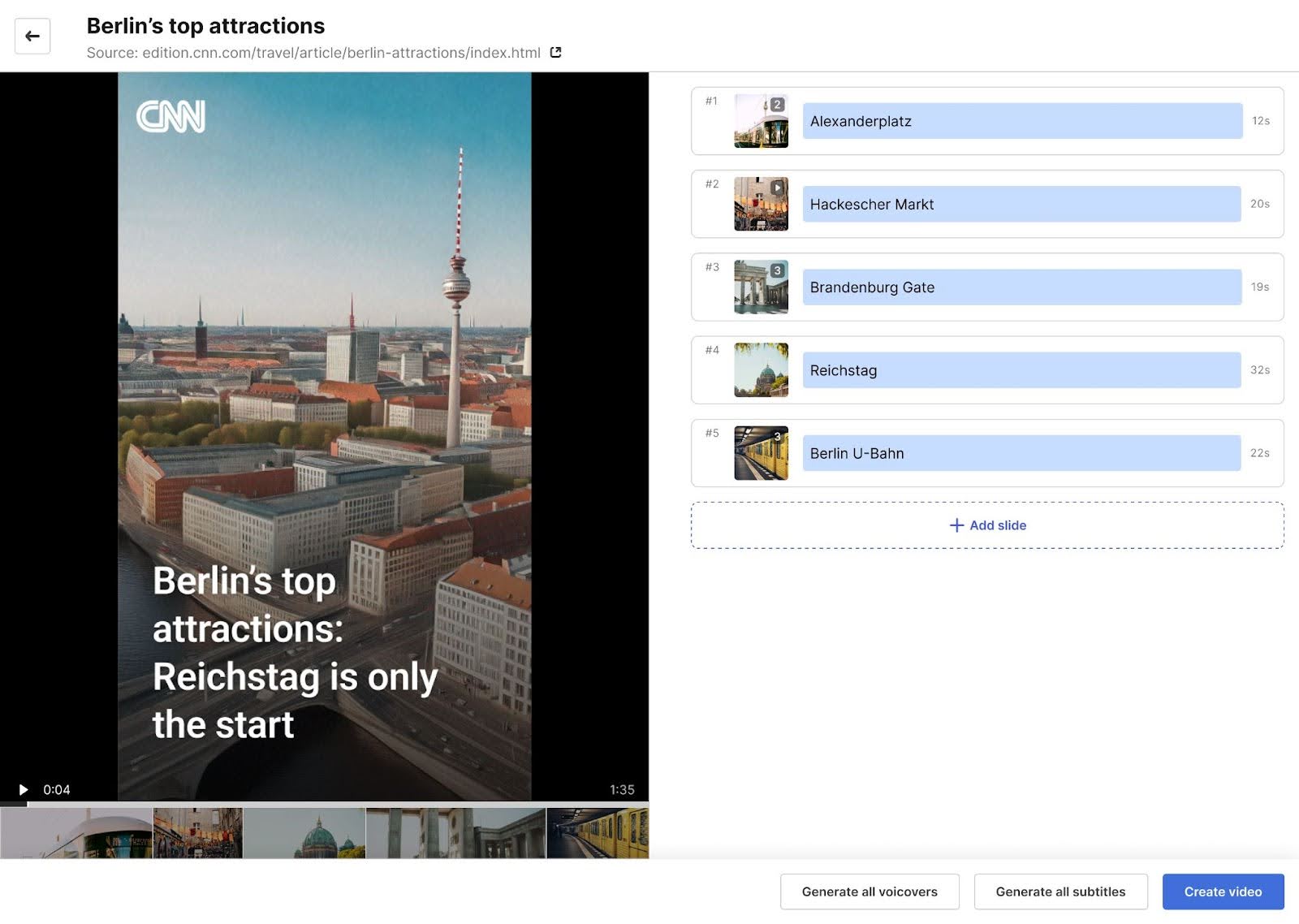
With AIvid, journalists can generate videos within minutes
Benefits of AI-powered video creation
AI-powered video creation provides an efficient, cost-effective alternative that empowers newsrooms to meet growing video demands without overwhelming resources. AI tools can autonomously generate video drafts in minutes, handling tasks like creating visuals, syncing voiceovers, and adding captions—all while allowing journalists to oversee and edit the final product. This automation doesn’t eliminate the creative process; rather, it enables journalists to focus on enhancing the narrative and visual elements that make each piece unique.
What’s more, for smaller newsrooms with limited budgets, AI offers a way to compete with larger media players by enabling affordable, high-quality video production. Producing video on a consistent basis can boost audience retention and foster a loyal user base that prefers a multimedia approach to news. Over time, the investment in AI-driven video production can yield a strong return by helping newsrooms attract a diverse audience, generate reliable revenue streams, and maximize the impact of their reporting.
Interested in testing the tool in your newsroom? Contact us!
